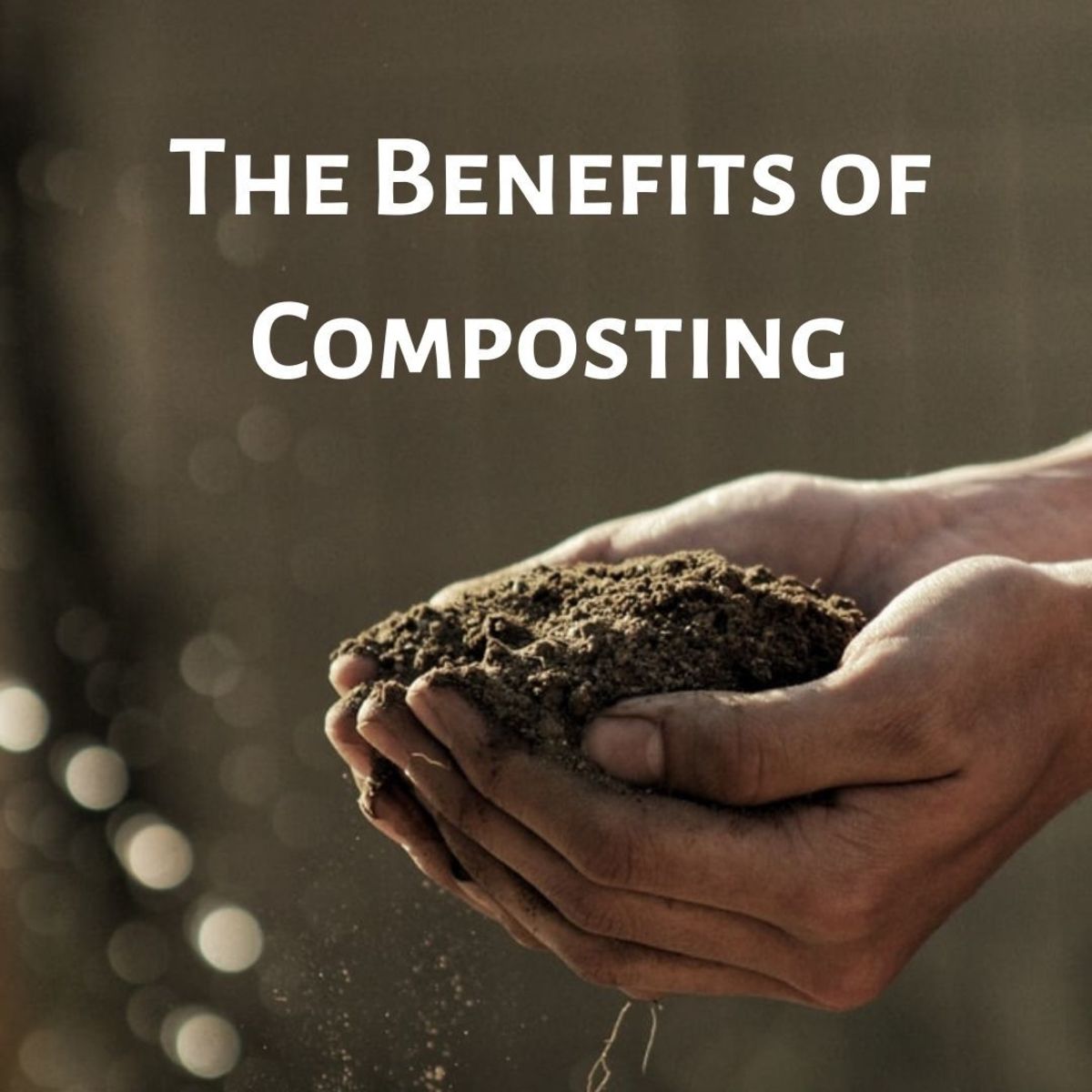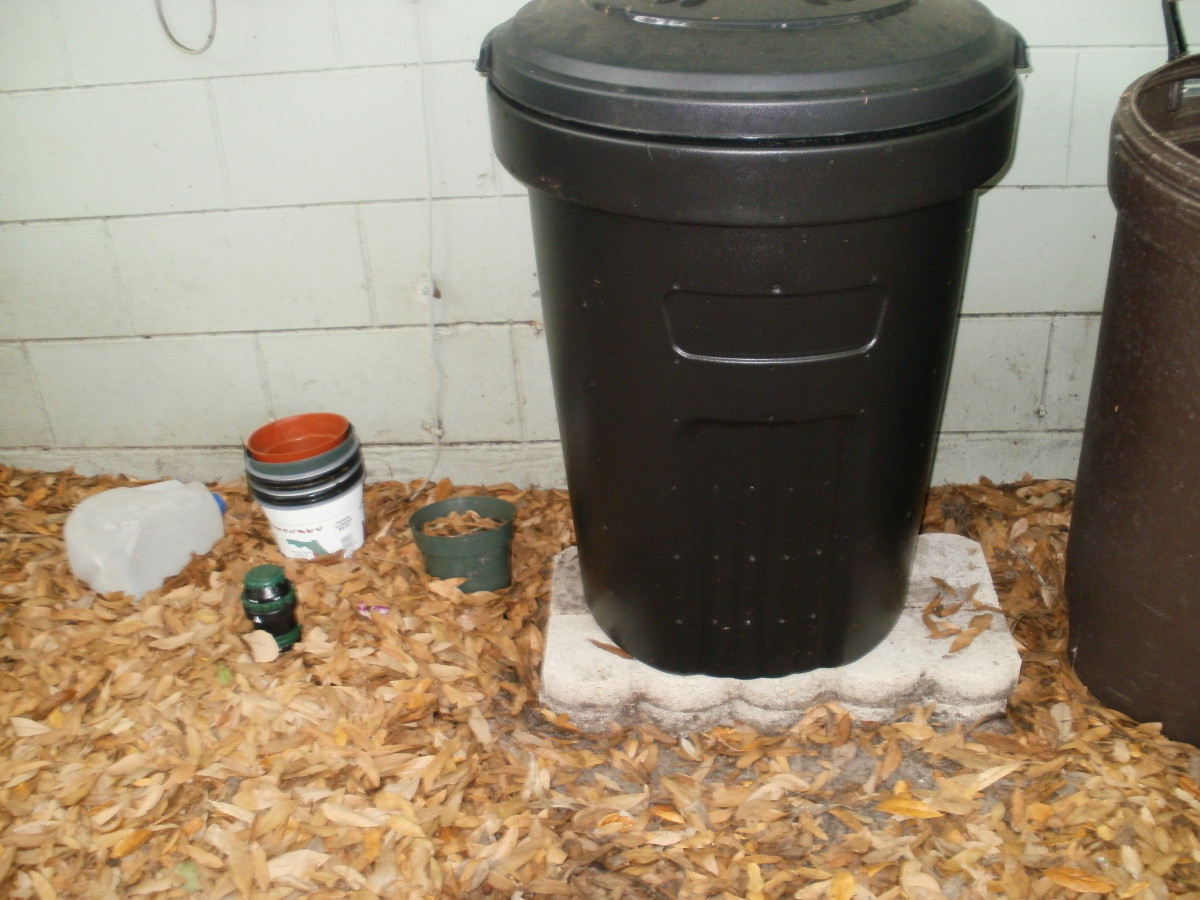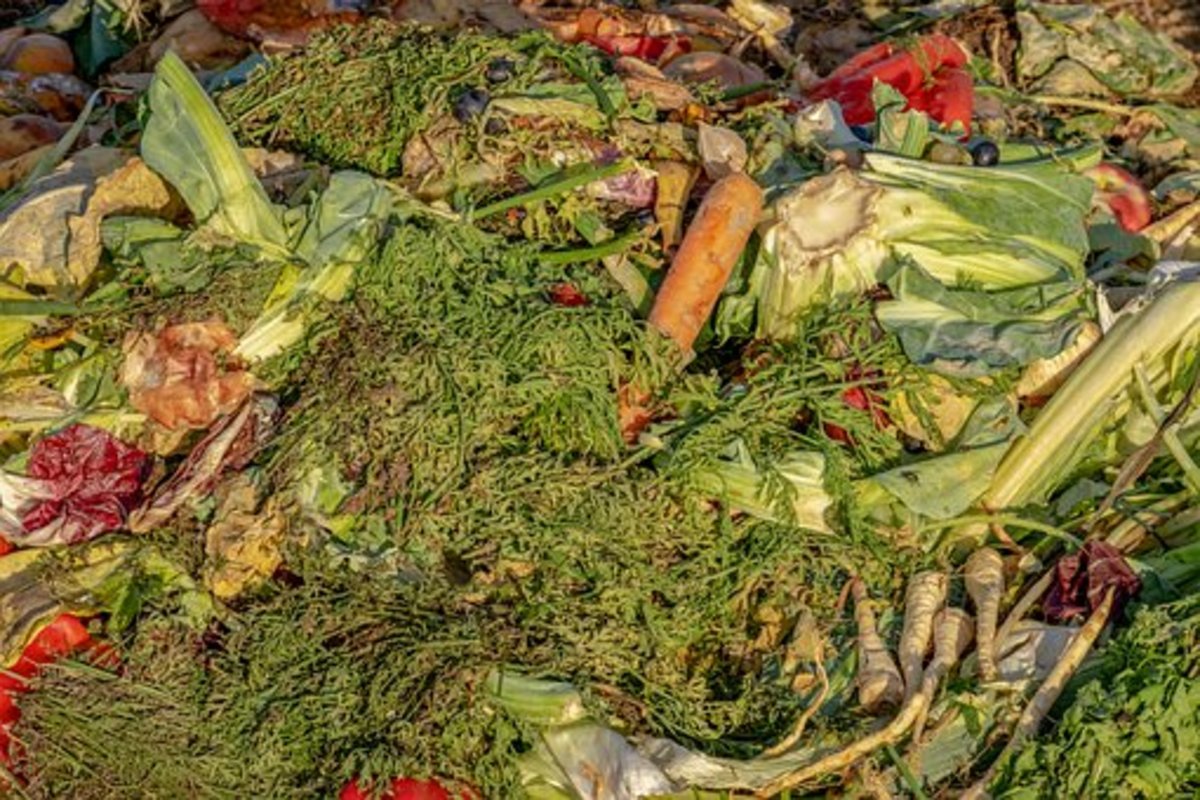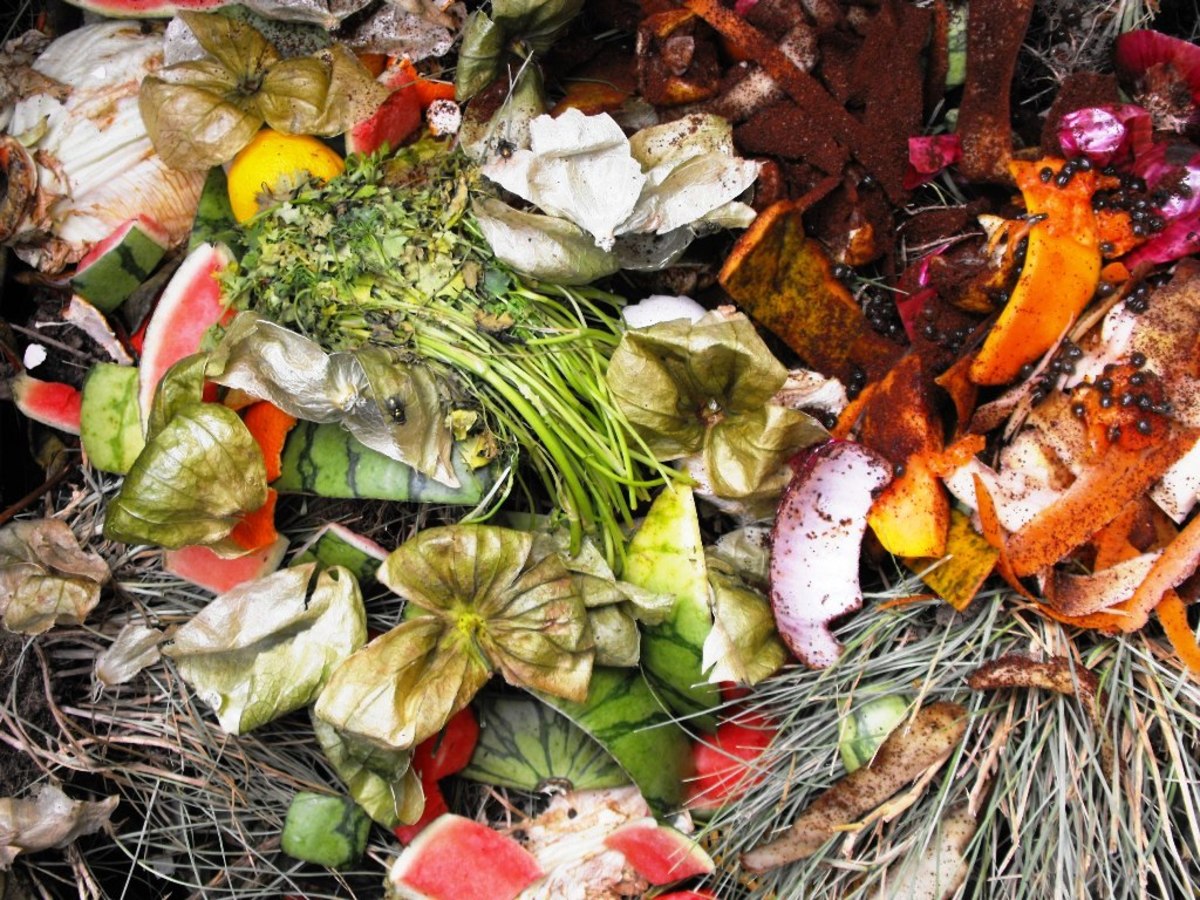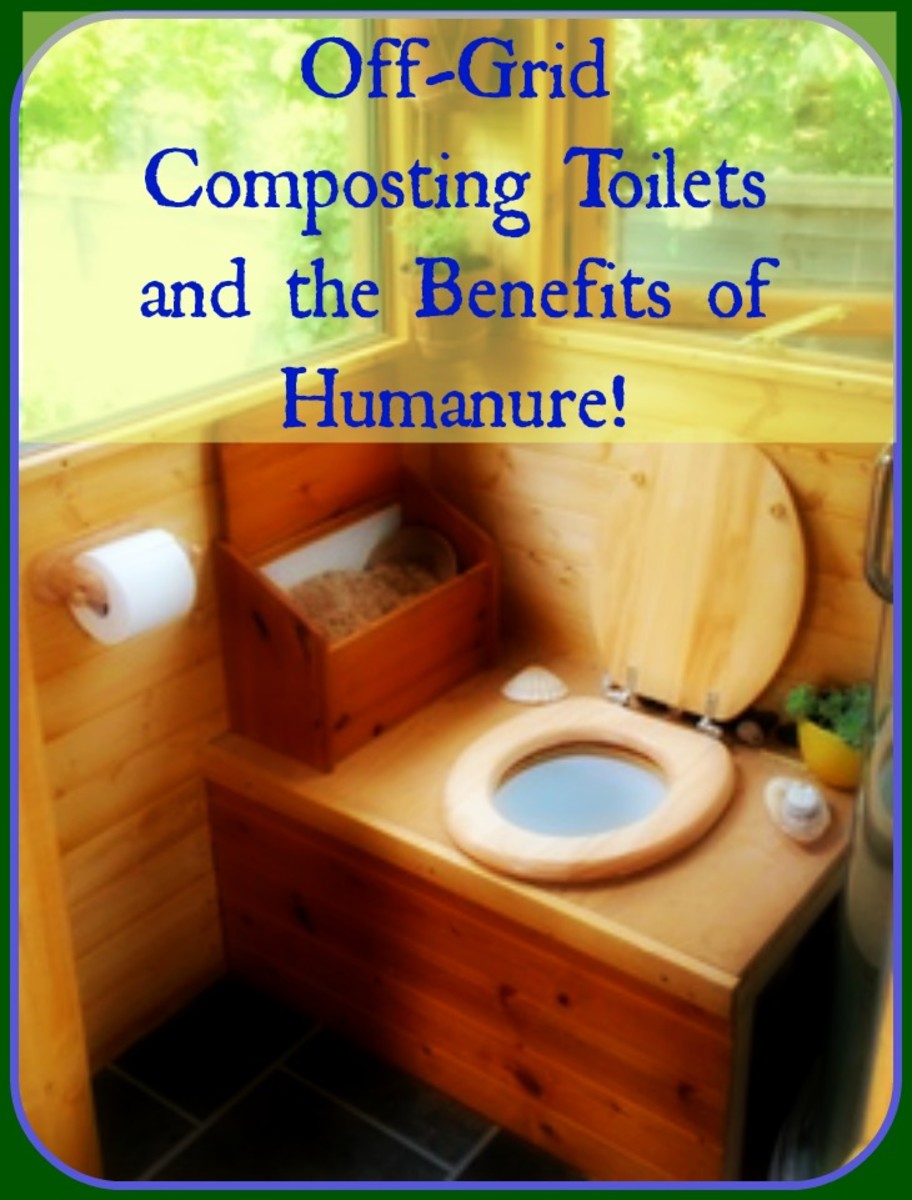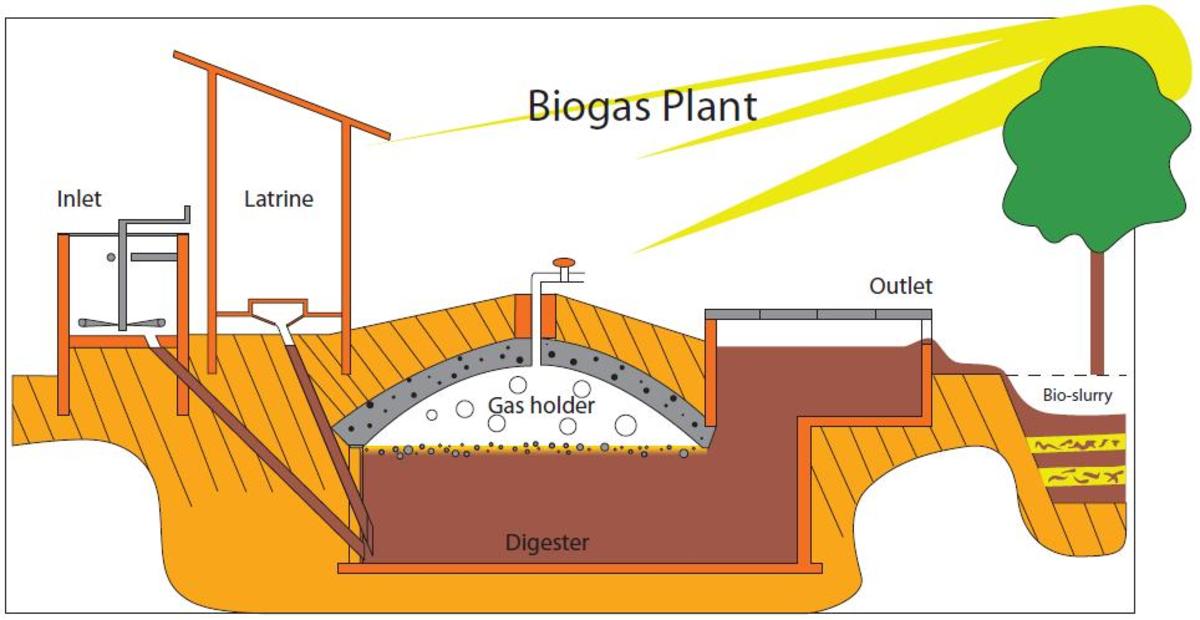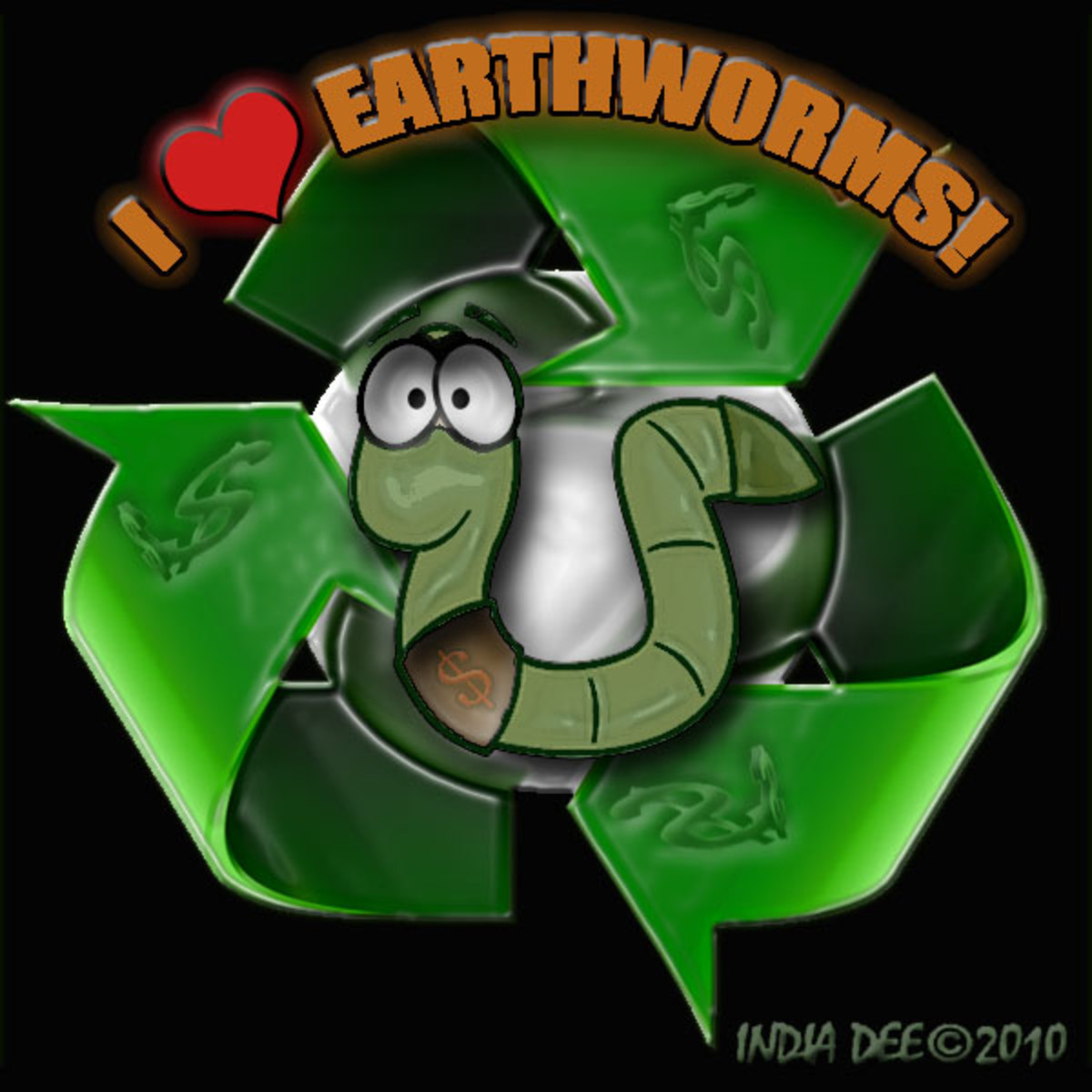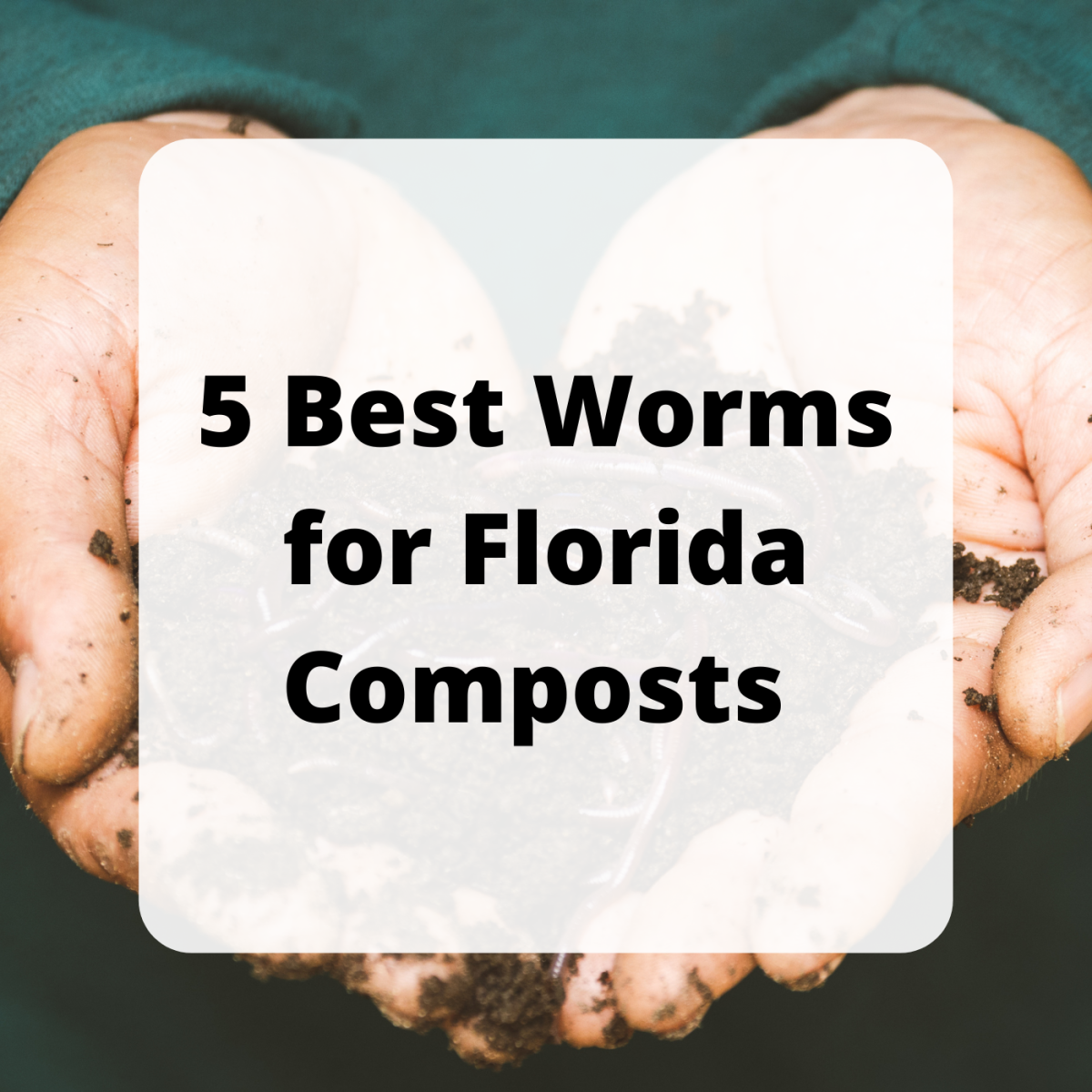Why should I compost?
Kitchen waste compost material
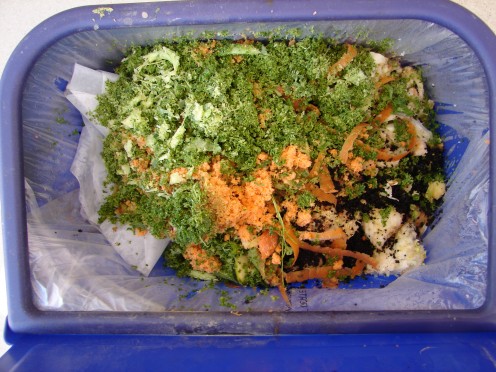
My County-Supplied Compost Bin
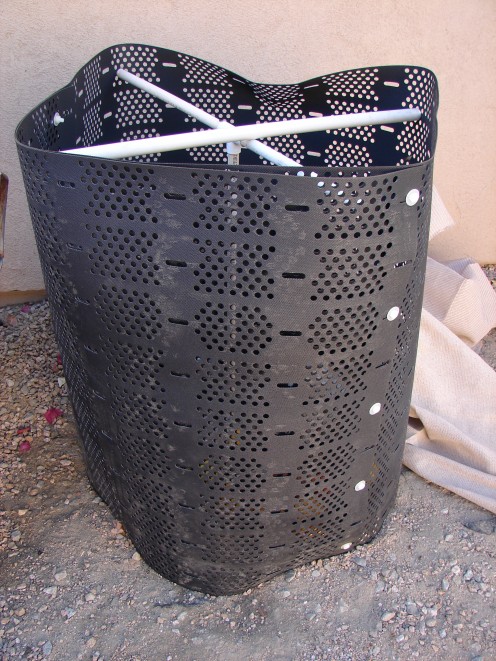
Learn to make your own dirt
When I started a raised garden bed in my backyard I bought several bags of garden soil from the local Home Depot, and spent about $50 on all of my dirt – plus taxes. It was good dirt, and I got a nice return on my investment that year, with enough lettuce, radishes and cucumbers to save me twice that at the grocery store.
Peppers and tomatoes, not so much, but that was my lack of skill, and not the fault of the dirt.
This spring, I planted again, and got less than stellar results. After speaking with an expert local gardener, he advised me to add fresh compost to the mix and try again. “But don’t buy it,” he said. “Don’t spend money on dirt when you can make better dirt on your own.”
Really? I can make my own dirt? That was a foreign concept for a girl from the suburbs. But he convinced me that buying dirt is more than just the price of the bag at Home Depot. It’s the gas in the car to make the trip. It’s the taxes I donated to the state for the pleasure of buying it. And it’s the cost of the plastic bag to contain each cubic foot.
So I decided to find out more about making dirt, and I attended a free class on backyard composting hosted by the Riverside County (California) Waste Management Department. The instructor went on to echo what the expert gardener had said, but added even more – a lot more.
He explained that the county had begun doing the composting classes as a byproduct of a lengthy study on landfills. The county, he said, was running out of landfill space and wanted to study the problem as a way to find a solution.
“We sent in a team of investigators to see how things were breaking down in the mountain of rubbish in the landfill,” the instructor said. “What they found is that if you dig down and find a newspaper that had been buried 18 years ago, and you could still open it up and read it.”
The garbage wasn’t breaking down because it was buried. Since no air could get to it, no biological breakdown could reasonably occur. Not so with compost piles, he said.
I liked the simplicity of it. I got a list of good stuff to put in the pile, and it’s surprising how much of my household and backyard waste that it contains. I collect the kitchen waste in a bin under my sink. When it’s full I combine it with a bucket of backyard debris from the pool and from trimmings and dying plants. Once that gets full, I put it in a bin which I got from the county for $12 which is nothing more than a heavy-duty aerator bin that’s light enough to pick up and move when it’s time to access the pile.
I’ll admit, it’s not terribly attractive. The price was right, however, and it’s going to take me several months to fill. But it’s going to give me beautiful nutrient-rich dirt that I made myself, rather than have somebody haul it away to the landfill. I like the idea of keeping it at home and lightening my weekly garbage pickup by at least half.
Here’s what they tell me is okay to put in:
- Fallen leaves, grass clippings, weeds & manure, but not dog, cat, or (please no) human waste.
- Food scraps like eggs shells, tea bags, peelings, coffee grounds, apple cores, broccoli stalks, onion skins, cabbage leaves, the pulp from my juicer, and citrus rinds. Yes for veggies. No for proteins.
- Newspaper printed with soy-based ink (not the Sunday ads though, or shiny paper), is okay when it’s torn into strips along with, surprisingly, hair, lint, and the stuff you empty out from your vacuum cleaner canister. Paper towels and tissue is okay too.
I have a small amount in my bin so far, but I’m hoping in two or three months, I’ll have turned garbage into good, clean dirt. By that time, I will have figured out how to raise a tomato.


